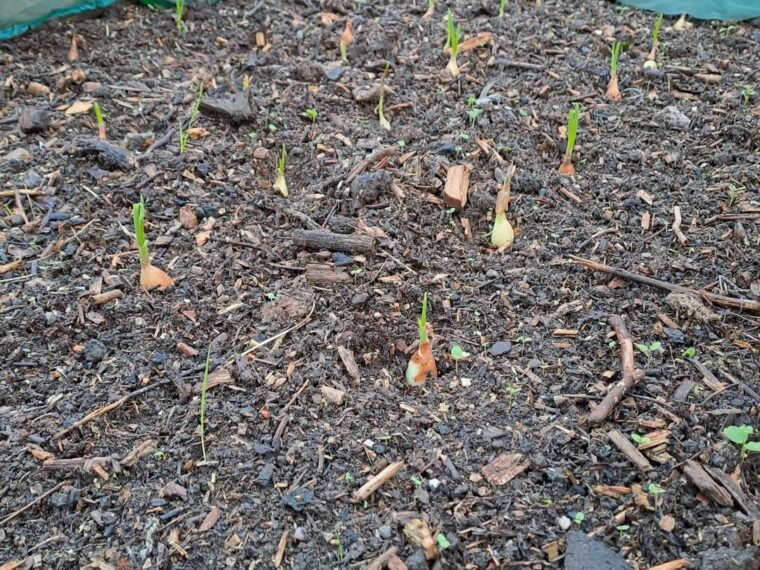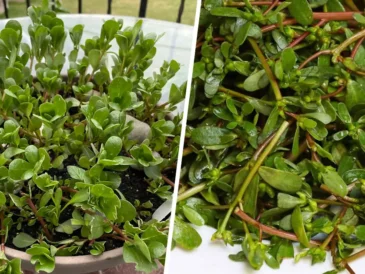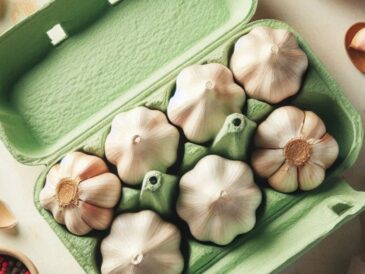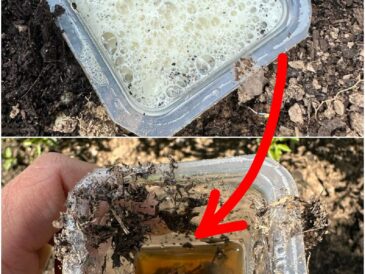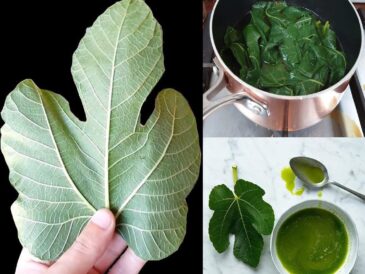8. Beets
Beets are versatile and grow well in cooler weather, producing both edible roots and greens.
- Ideal Soil Temperature: 50–85°F
- Tips: Sow seeds directly and thin seedlings to 2–3 inches apart.
9. Onions
Onions can be planted as sets (small bulbs) or seeds in early spring.
- Ideal Soil Temperature: 50–85°F
- Tips: Choose long-day or short-day varieties based on your region’s latitude.
10. Cabbage
Cabbage is cold-hardy and thrives in early spring weather.
- Ideal Soil Temperature: 45–85°F
- Tips: Protect young plants from pests like cabbage worms with row covers.
11. Swiss Chard
Swiss chard is a versatile, frost-tolerant green that can be harvested over a long period.
- Ideal Soil Temperature: 40–85°F
- Tips: Harvest outer leaves first to allow the plant to continue producing.
12. Parsnips
Parsnips require a long growing season and benefit from early planting.
- Ideal Soil Temperature: 50–85°F
- Tips: Germination can be slow, so soak seeds overnight before planting.
13. Turnips
Turnips grow quickly and can be harvested for both their roots and greens.
- Ideal Soil Temperature: 45–85°F
- Tips: Harvest young turnips for a milder flavor.
14. Brussels Sprouts
Brussels sprouts require a long growing season but thrive in cool weather.
- Ideal Soil Temperature: 45–85°F
- Tips: Plant early to give the sprouts time to mature before hot weather arrives.
15. Collard Greens
Collard greens are frost-tolerant and produce tender leaves in cool temperatures.
- Ideal Soil Temperature: 45–85°F
- Tips: Regularly harvest the lower leaves to encourage continued growth.
Tips for Early Planting Success
- Prepare the Soil Early: As soon as the ground is workable, amend the soil with compost to ensure nutrients are available for your crops.
- Protect Young Plants: Use row covers, cloches, or cold frames to shield seedlings from unexpected frost or strong winds.
- Monitor Frost Dates: Check your local frost dates to ensure you’re planting at the right time.
- Plant in Succession: Stagger plantings every 1–2 weeks to ensure a steady harvest throughout the season.
Why Start Early?
Planting hardy vegetables early extends your growing season and provides fresh produce sooner. It also allows you to take full advantage of cooler temperatures that these vegetables prefer. By planning ahead and choosing the right crops, you can enjoy a bountiful harvest well before summer begins.
These 15 vegetables are perfect for early planting, helping you kickstart your garden and make the most of the growing season. Happy gardening! 🌱
